In the vast spectrum of light, humans perceive only a narrow band known as visible light. But for many animals, the world appears dramatically different—they can see into the ultraviolet (UV) range, a capability that remained unknown to scientists until relatively recently. This extraordinary ability opens up a hidden dimension of reality, allowing certain species to detect patterns, signals, and features completely invisible to the human eye. From soaring birds that use UV vision to track prey across vast landscapes to insects that navigate using celestial UV patterns, the ability to perceive ultraviolet light confers remarkable evolutionary advantages. This article explores the fascinating world of ultraviolet vision in animals, examining how it works, which species possess it, and why this adaptation has emerged across diverse evolutionary lineages.
Understanding the Light Spectrum and Ultraviolet Range
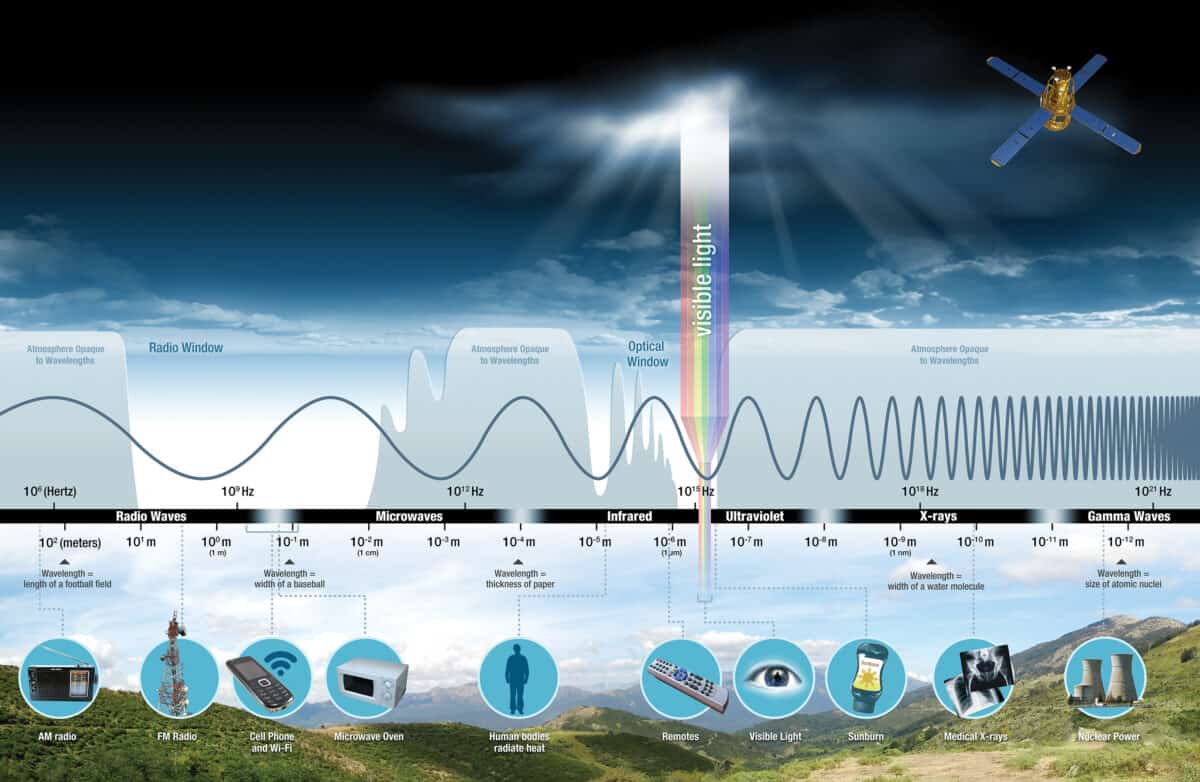
Light exists as a spectrum of electromagnetic radiation with different wavelengths. What humans perceive as visible light spans wavelengths from approximately 380 to 700 nanometers, encompassing the familiar rainbow of colors from violet to red. Ultraviolet light, however, occupies the portion of the spectrum just beyond violet, with wavelengths between 10 and 380 nanometers. Scientists further divide the UV spectrum into UVA (315-400 nm), UVB (280-315 nm), and UVC (100-280 nm). While UVC is mostly absorbed by the Earth’s atmosphere, UVA and UVB reach the surface, creating an entire visual dimension that many animals can detect but remains invisible to humans. Our inability to see ultraviolet stems from the structure of our eyes—specifically, our lenses filter out UV light before it reaches the retina, a protective adaptation that prevents potential damage to our photoreceptors.
The Evolutionary Advantage of UV Vision

Ultraviolet vision didn’t evolve as a random quirk of nature; it serves specific adaptive purposes that vary across species. For predatory birds, UV vision helps detect the urine trails of rodents, which reflect ultraviolet light and create visible paths across fields and forests. For pollinating insects, it reveals intricate patterns on flowers that serve as landing guides toward nectar and pollen. For some fish, it improves visibility in underwater environments where UV light penetrates better than longer wavelengths. The evolutionary advantage is clear: animals with UV vision gain access to critical information about food sources, potential mates, and predator presence that UV-blind species miss entirely. This sensory capability represents a classic example of adaptation to ecological niches, where natural selection has favored the development and refinement of perception systems that enhance survival and reproductive success in specific environments.
How UV Vision Works: Ocular Anatomy and Photoreceptors
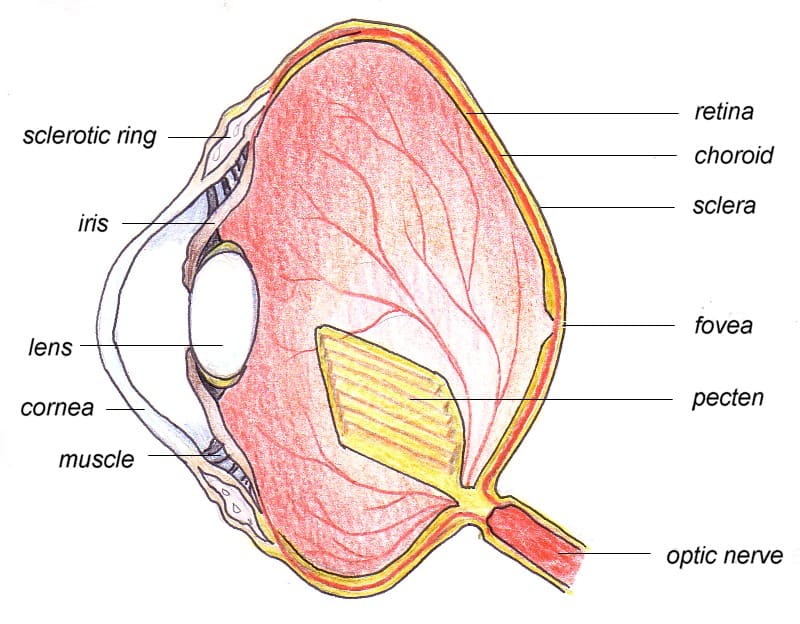
The ability to see ultraviolet light depends on specialized structures within the eye. Most vertebrates with UV vision possess dedicated photoreceptor cells containing visual pigments that absorb in the ultraviolet range. These photoreceptors, typically a type of cone cell, contain opsins (light-sensitive proteins) tuned to different wavelengths. While humans have three types of cone cells sensitive to red, green, and blue light, many UV-seeing animals possess a fourth type of cone specifically responsive to ultraviolet wavelengths. Additionally, the ocular media (cornea, lens, and vitreous humor) in UV-sensitive species transmit rather than block ultraviolet light. In many birds, the oil droplets in cone cells act as filters that enhance color discrimination and contrast in the UV range. The neural processing of this information involves specialized pathways in the retina and brain that interpret these signals into meaningful perceptual information, allowing animals to detect and respond to UV-reflective features in their environment with remarkable precision.
Birds: Masters of the Ultraviolet World
Birds represent some of the most sophisticated users of ultraviolet vision in the animal kingdom. Research has demonstrated that many avian species possess tetrachromatic vision—they have four types of cone cells, including one specifically sensitive to UV wavelengths. This enhanced visual system creates a perceptual reality fundamentally different from our own. For kestrels and other raptors, rodent urine trails fluoresce brightly in ultraviolet, creating glowing pathways that lead directly to potential prey. Many songbirds display plumage patterns visible only in ultraviolet light, with males often exhibiting elaborate UV markings that females assess during mate selection. The European starling, for instance, appears fairly uniform in color to human eyes, but to fellow starlings, males display brilliant UV-reflective patches that signal genetic quality. Birds even use UV vision for foraging—certain berries and fruits reflect patterns that indicate ripeness in the ultraviolet spectrum, allowing birds to efficiently identify nutritious food sources invisible to many competitors.
Insects and Their UV-Guided World
The insect world relies heavily on ultraviolet perception, with bees, butterflies, and many other species possessing highly developed UV vision. Bees, for example, can see in the ultraviolet, blue, and green portions of the spectrum but are red-blind. This visual adaptation perfectly suits their ecological role as pollinators, as many flowers have evolved “nectar guides”—patterns visible only in ultraviolet light that direct insects toward their reproductive structures. These patterns often appear as bullseyes or landing strips that are completely invisible to humans without special equipment. Some butterfly species use UV patterns on their wings for species recognition and mating displays. Perhaps most remarkably, many insects navigate using the polarization patterns of ultraviolet light in the sky—a celestial compass that functions even on cloudy days when the sun isn’t directly visible. This navigation system allows for the extraordinary migratory journeys of monarch butterflies and the precise return of bees to their hives after foraging expeditions many miles away.
Aquatic Animals and Underwater UV Perception

The underwater world presents unique optical conditions that have favored the evolution of ultraviolet vision in many aquatic species. Water filters light differently than air, with UV wavelengths often penetrating shallow waters more effectively than longer wavelengths. Many fish species, particularly those dwelling in clear, shallow environments, possess excellent ultraviolet sensitivity. Goldfish, trout, and salmon can detect UV light, which helps them spot zooplankton that absorb rather than reflect UV, creating high-contrast silhouettes against the ambient underwater light. Some reef fish use UV patterns for species recognition in the visually complex coral reef environment. Even more fascinating, certain fish species use UV vision to detect transparent prey that would otherwise be nearly invisible. The predatory mantis shrimp possesses one of the most complex visual systems known, with up to 16 different photoreceptor types, including multiple ones sensitive to different UV wavelengths, giving them unparalleled color discrimination abilities that scientists are still working to fully understand.
Reptiles and Amphibians: Unexpected UV Specialists
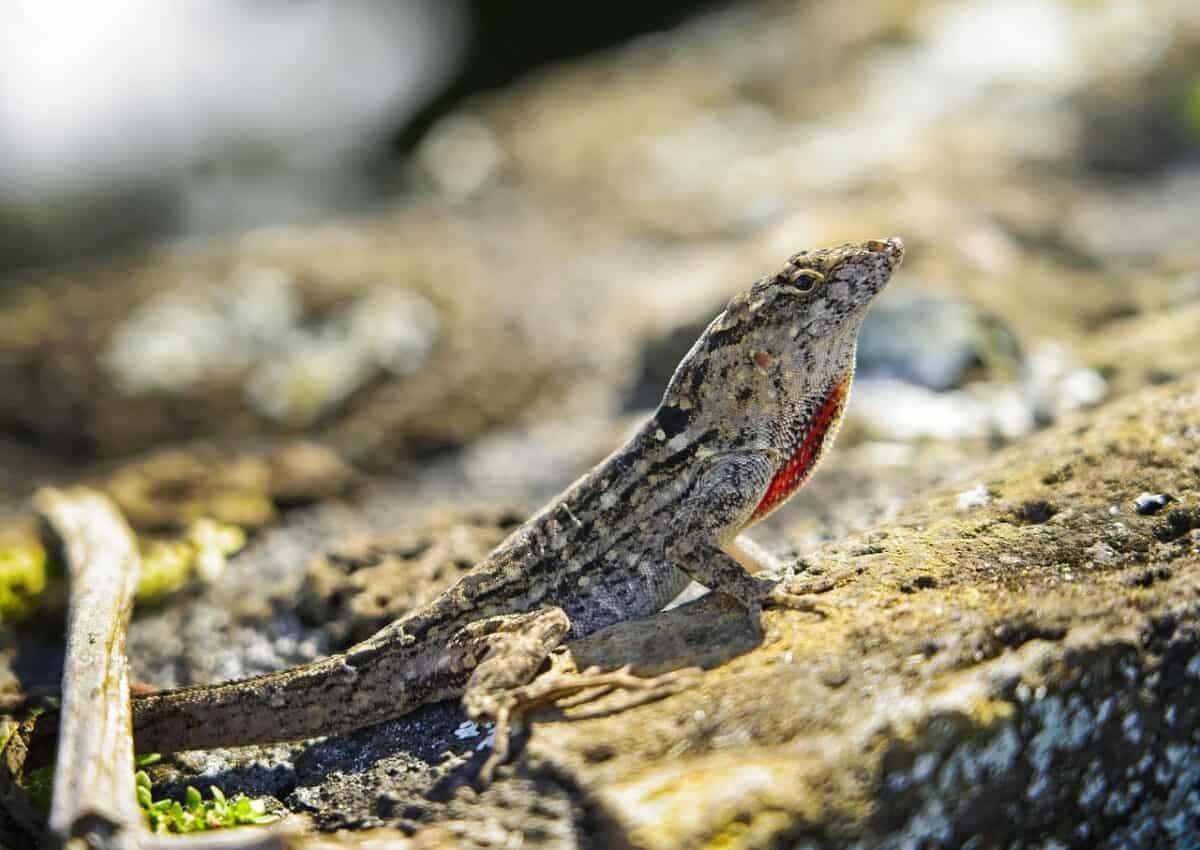
Many reptiles and amphibians possess remarkable ultraviolet vision capabilities that play crucial roles in their ecological interactions. Certain lizard species, particularly those from the iguana family, display elaborate UV-reflective patches that are vital for territorial disputes and mating rituals. The common European wall lizard exhibits sexually dimorphic UV patterns, with males displaying brilliant ultraviolet signals on their flanks and heads that female lizards can assess during mate selection. For many amphibians, UV vision assists in hunting by increasing the contrast between prey items and their backgrounds. Some tree frogs can detect UV-reflecting fungi and lichens on tree bark, helping them locate ideal habitats with suitable humidity and food sources. In several turtle species, UV vision may assist in navigation, particularly for sea turtles that must find their way across vast oceanic distances. The tuatara, a living fossil from New Zealand, possesses a unique “third eye” (the parietal eye) that, among other functions, detects UV light and helps regulate the animal’s exposure to sunlight.
Mammals with UV Vision: The Exceptions to the Rule
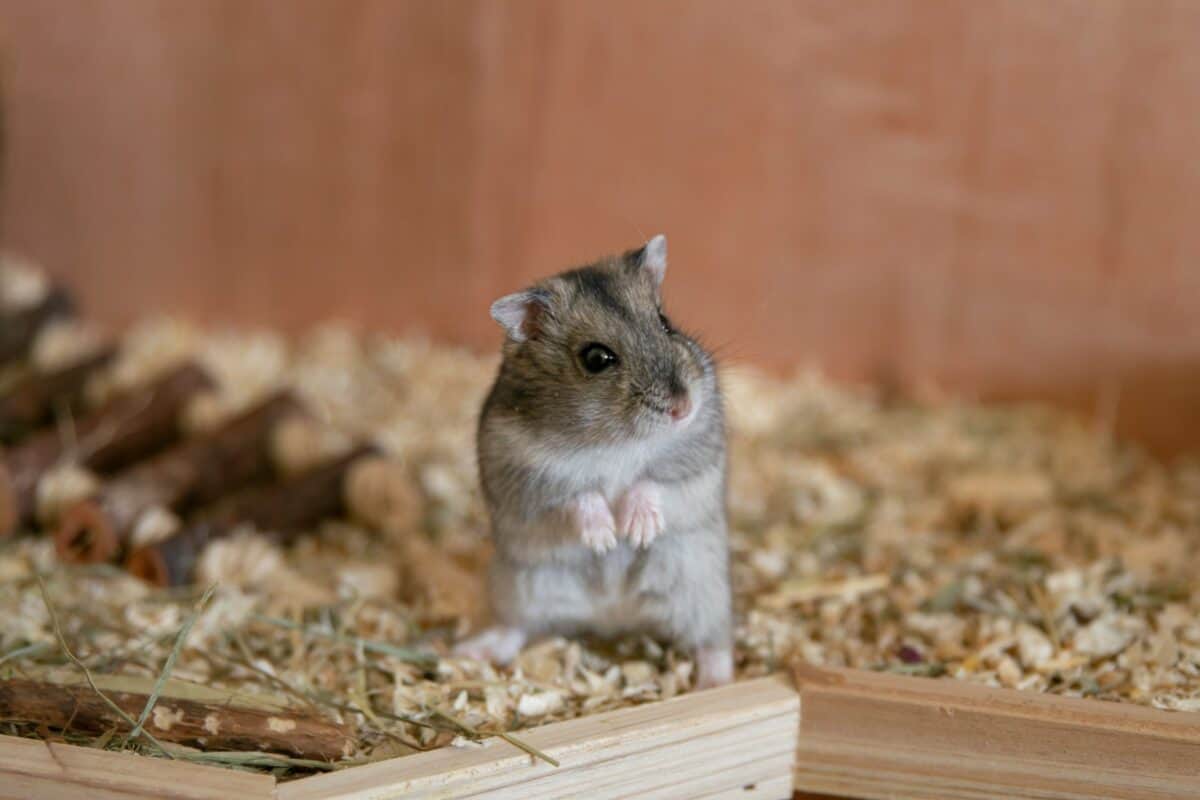
While most mammals lack ultraviolet vision, fascinating exceptions exist. Unlike humans, whose ocular lenses block UV light, some mammals have lenses that permit ultraviolet wavelengths to reach their retinas. Rodents like mice, rats, gerbils, and hamsters can see into the ultraviolet range, which may help them detect predators and navigate at dawn and dusk when UV light is proportionally more abundant. Reindeer represent an extraordinary case study in mammalian UV vision—they live in Arctic environments with extended periods of twilight where ultraviolet light comprises a significant portion of available light. Their UV sensitivity helps them spot lichen (a primary food source) against snow and detect the UV-absorbing fur of wolves against the UV-reflective snow background. Bats, particularly fruit bats, may use UV vision to locate certain fruits that display UV-reflective patterns when ripe. These mammalian exceptions demonstrate how ecological pressures can drive the evolution or retention of ultraviolet sensitivity even within taxonomic groups where it’s generally absent.
The Human Condition: Why We Don’t See Ultraviolet
Humans lack ultraviolet vision primarily due to the filtering properties of our ocular lenses, which block wavelengths shorter than about 390 nanometers. This adaptation protects our retinas from potential UV damage, which can contribute to conditions like cataracts and macular degeneration. Interestingly, people who have undergone lens replacement surgery sometimes report seeing into the near-ultraviolet range, perceiving a world with slightly different color properties. The famous artist Claude Monet, who had cataract surgery in the early 20th century, began painting with more bluish-violet tones afterward, possibly reflecting newly acquired sensitivity to near-UV wavelengths. Our trichromatic vision, with cone cells sensitive to red, green, and blue wavelengths, evolved primarily for detecting ripening fruits among green foliage and for social signaling, representing a different evolutionary path than UV-seeing animals. This visual adaptation matched our ecological niche as diurnal primates in forest environments where distinguishing subtle color differences in the visible spectrum offered greater survival advantages than UV sensitivity.
Detecting the Invisible: How Scientists Study UV Vision
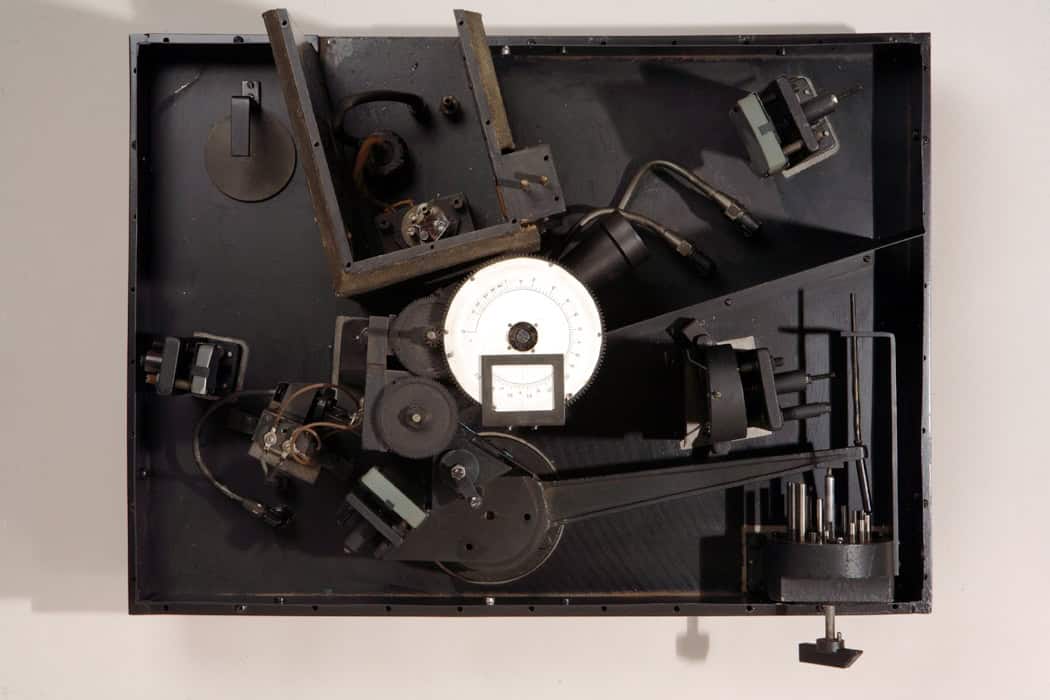
Investigating ultraviolet vision in animals requires specialized techniques since humans cannot directly perceive this visual dimension. Scientists use electrophysiological recordings to measure neural responses to different wavelengths of light, including UV, by placing tiny electrodes near photoreceptor cells or optic nerves. Behavioral experiments offer another approach, where animals are trained to respond to specific stimuli, allowing researchers to determine if they can distinguish between patterns visible only in ultraviolet light. Advanced imaging technologies like UV photography and spectrophotometry enable scientists to document and measure UV-reflective patterns on animals and plants. Genetic analysis represents a powerful modern tool, allowing researchers to identify and characterize the genes encoding UV-sensitive photopigments across species. Microspectrophotometry, which measures the light absorption properties of individual photoreceptor cells, has been particularly valuable in confirming UV sensitivity in various species. Through these complementary approaches, scientists continue to expand our understanding of how different animals perceive the ultraviolet world around them.
Ecological Implications of UV Vision

Ultraviolet vision profoundly shapes ecological interactions across ecosystems. In plant-pollinator relationships, many flowering plants have evolved UV-reflective patterns that guide specific pollinators to their nectar rewards, creating intricate co-evolutionary partnerships. Predator-prey dynamics are similarly influenced, with some prey species developing UV-camouflage while predators evolve enhanced UV detection capabilities. In sexual selection, UV signals often serve as honest indicators of genetic quality or health status, as the production of UV-reflective structures can be energetically costly or dependent on good nutrition. For many migratory species, UV cues in the sky provide critical navigational information. The ecological significance extends even to human activities—many birds can see UV-reflective materials used in human constructions, potentially explaining some bird collisions with structures that appear conspicuous to them but not to us. Understanding these ecological dimensions of ultraviolet vision becomes increasingly important for conservation efforts, particularly in designing wildlife-friendly urban environments and agricultural practices that consider the full sensory experiences of animals.
Technological Applications Inspired by UV Vision
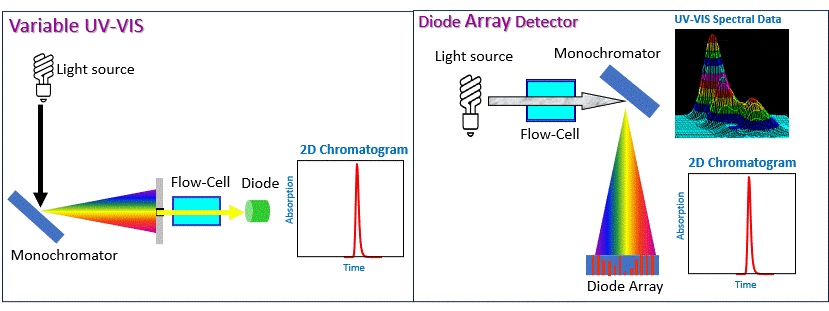
The study of ultraviolet vision in animals has inspired numerous technological innovations across diverse fields. In agriculture, UV-reflective materials can be strategically deployed to manipulate the behavior of pollinators or repel pest insects, reducing the need for chemical interventions. Forensic scientists use UV-detecting technologies inspired by animal vision to identify biological materials at crime scenes that might otherwise remain invisible. In conservation biology, researchers use UV photography to document and analyze animal markings that provide insights into species identification, population dynamics, and behavior patterns. The security industry has developed anti-counterfeiting measures using UV-reflective inks that mimic the complex patterns found in nature. Perhaps most significantly, biomimetic sensors based on the UV-detecting capabilities of insects and birds have applications in fields ranging from astronomy to military technology. These light-weight, energy-efficient designs often outperform conventional UV sensors, demonstrating how nature’s solutions can inspire human innovation. As our understanding of animal visual systems deepens, we continue to discover new applications that translate these natural adaptations into technological advances.
Ultraviolet vision represents a remarkable example of how evolution has shaped sensory systems to extract crucial information from the environment in ways that enhance survival and reproduction. From the complex navigation systems of insects to the sophisticated prey detection abilities of birds, UV vision opens a perceptual dimension that dramatically influences how animals experience and interact with their world. This hidden visual reality reminds us that our human perception represents just one way of experiencing the environment—a humbling recognition that countless other species perceive aspects of reality completely inaccessible to our unassisted senses. As research technologies advance, we continue to uncover new aspects of ultraviolet perception in animals, deepening our appreciation for the extraordinary diversity of sensory adaptations that have evolved across the animal kingdom. Understanding these alternative perceptual realities not only enhances our scientific knowledge but also enriches our appreciation for the complex and interconnected nature of life on Earth.
- The Coldest Town in America—And How People Survive There - August 9, 2025
- How Some Birds “Steal” Parenting Duties From Others - August 9, 2025
- 12 Deep-Sea Creatures You Won’t Believe Exist - August 9, 2025

